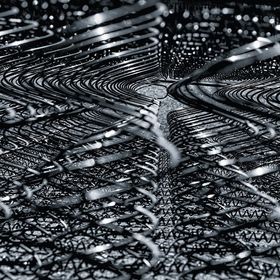Views
459
Likes
Awards
Winner in Natural Night Sky Photo Challenge
Peer Award
Absolute Masterpiece
Superb Composition
Top Choice
Magnificent Capture
Superior Skill
Same photographer See allBehind The Lens
Behind The Lens
Location
This photo was taken at a place called Woodrat Mountain, in Southern Oregon. It is at about 3,000 feet above sea level and is world famous with paragliders. It is a launch site for them and has a nice big parking lot and nice views of the Applegate Valley.Time
This was taken somewhere around 10PM. The sky is still light on the horizon from sunset.Lighting
It took some time to be able to locate the comet with the naked eye but once we saw it, we were able to focus on it easily. Obviously we had to wait until it was dark enough to see the comet clearly. Fortunately there were other comet watchers there who had been there previously and could help us spot it.Equipment
I used a Canon 5DMK4 with a Canon 135mm F2 prime lens. I also had my Tamron 24-70 f2.8 and a Sigma fisheye with me, but this shot was with the 135. Of course I used a tripod, in this case a MeFoto Carbon Fiber tripod.Inspiration
My friend and I wanted to shoot the comet while it was still visible. Also we didn't want to wait another 5,000 years to see it again! Seriously, this was a once in a lifetime opportunity and we had a great location and view so why not?Editing
I can't remember what specific post processing I did other than to say that I'm sure I altered the white balance from my original RAW import. I've found, with my limited astrophotography experience, that a much cooler white balance is key for good night sky photos. In this case I had to strike a balance because I also wanted to feature the warm tones of the horizon to capture that relationship between the cold heat of the comet in space and the warmth of a summer evening sunset.In my camera bag
I typically have my 24-70 with me and then depending on how I feel I'll put the 70-200 and maybe a prime like the 135 or a 50mm in the bag. I also have a Fuji X100t which I love. I love the fixed focal length and how it makes me see differently. I think it's because without the ability to zoom, I have to take that off the table and see the scene as the camera would see it. I like to have the limitations of not having a bag full of lenses and forcing myself to use what I have. It makes me better at the choice of what to leave out and what to include in my compositions.Feedback
I was fortunate to have my friend with me on this shoot who is more experienced in astrophotography and night photography in general. He gave me some good tips and tricks to get a good shot. I recommend finding someone who can help when you don't have a lot of experience with a certain type of shooting. Of course there are great videos and courses out there on all aspects of photography, but it's nice to have that personal interaction as well (safely, of course, in these times. We caravanned up to the location for social distancing purposes). Hope this helps!





























